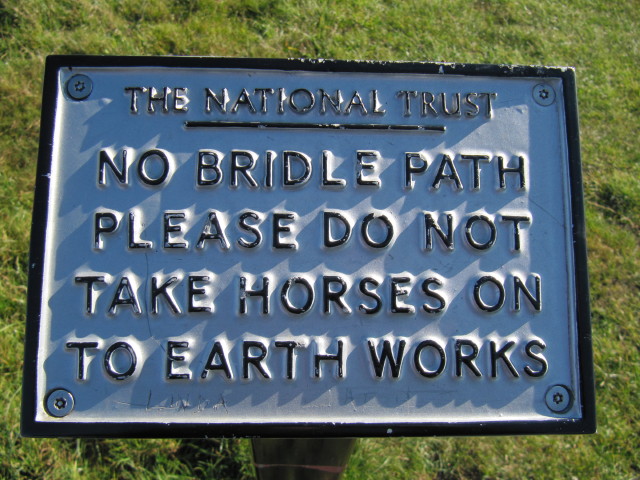Another year, another February 1st. Another Imbolc, another St. Brigit’s Day. Another chance to revel in the avalanche of online ‘Celtic’ codswallop and pagan goddess gobbledygook. Such misunderstood musings are well-intentioned, harmless, and if truth be told, not a bad way at all to view the world. An idealized version of the distant past seen through an attractive prism of feminine attributes, influence and power. One could definitely do worse.
Of course, historically speaking, such views do not have a leg to stand on, let alone a sunbeam to hang a cloak off. There is even a certain irony in the fact that successive generations, in seeking to adopt, (re)create and promote a symbolic saintly/pagan figure of pseudo-history, have actually helped to obscure some of the very real and historically important attributes of the same.
It’s not so much that Brigit occupies an incredibly early position within Irish history and Early Irish Christianity itself; it is the fact that she represents the earliest surviving insular Irish hagiography, period. Almost a generation before Patrician hagiographers were sharpening their quills, a saintly Brigit was already being utilized for nothing less than all Ireland ecclesiastical primacy.





